#assembly
Bits & Bytes: Toyota Shutdown Caused by Insufficient Disk Space
The cause of a recent blip in production for one of the world’s largest automakers has been traced to problems with computer memory. Yes, you read that correctly.
97 Percent of UAW Members Approve Strike Action
In news that surprises no one, members of the UAW have voted overwhelmingly in favor of a strike should their contracts expire in mid-September.
Smell Ya Later: Detroit Council Urges Stellantis to Buy Area Homes
In the latest development of what’s been a long-running saga involving strange odors from the Detroit Assembly Complex - Mack facility, city council members in Detroit are calling on Stellantis to relocate some residents who have been impacted by the issue.
Toyota Scales Back June Production, Ford Drops German Factory
Despite starting 2022 announcing a plan to normalize output, Toyota has had trouble living up to its promise. While most automakers were figuring out how to make more money off diminished production, the Japanese brand was plotting assembly schedules that would restore assembly rates to levels that would have been considered normal prior to 2020. But the rest of the market hasn’t managed to match Toyota’s optimism and the automaker has had to scale back its global production plan yet again — citing the usual supply chain constraints stemming from COVID restrictions and worldwide deficit of semiconductors.
Meanwhile, Ford Motor Co. looks to be abandoning its vehicle assembly plant in Saarlouis, Germany. The facility produces the Focus for Europe and may be in danger of closing if the automaker elects to sell it. While the site was in the running to produce Ford’s next-gen electric vehicles, those products have since been slated for assembly in Valencia, Spain.
Rumor Mill Pegs Rivian Opening Second Assembly Facility
Fresh off its megabucks IPO in which the company’s fortunes skyrocketed like your author’s blood pressure after a meal of fried foods, rumors are floating that Rivian is planning another factory. Suggested as being located in Georgia, it would play partner to the existing facility in Illinois.
Stellantis to Cut Jobs at Jeep Plant in Illinois
Blaming the global shortage of semiconductors and related supply chain challenges, Stellantis has announced another round of cuts at one of its factories. According to a report in the Detroit News, about 400 workers have been informed of an ‘employee reduction’ that will take effect early next calendar year.
Heavy Metal: GM Invests Millions in Ohio
General Motors seems bent on preparing some of its existing facilities as supporting players for future programs. The company has announced a $46 million investment in the metal stamping operation in Parma, Ohio, a town located about 20 minutes south of Cleveland that has nothing to do with the tasty cheese one puts on their pasta.
Rivian Completes First Production Vehicles Intended for Customers
Despite EV startups taking a lot of flak for habitually overpromising, sometimes on a level that approaches criminal fraud, things appear to be going rather well at the Rivian factory. Founder and CEO Robert Joseph “RJ” Scaringe announced that the company started building its very first production units on Tuesday.
With the necessary regulatory certifications in hand, Rivian can now begin delivering vehicles directly to customers and the timing couldn’t be much better. The electric brand had said it was basically done with prototypes and ready to spin up the assembly lines for the final product late last month. While this still placed it a bit behind schedule, the company now says it has all the necessary certifications from the relevant regulatory agencies (NHTSA, EPA, CARB, etc.) and an automobile that’s been federally approved for sale.
Off the Rails: Train Crash Damages New Ford F-150 Pickups
As if Ford didn’t have enough headaches in terms of pickup truck supply, the derailment of a train carrying a load of the things has thrown the automaker even further off track. According to local media, a freight train ran into trouble while hauling the things through Missouri, creating a stack of metal that Blue Oval suits certainly could do without seeing right now.
Here’s the good news: no injuries or environmental damage was reported, save for the new pair of pants that was surely required for the train’s operator.
General Motors Halts Pickup Truck Production Again
It’s no surprise that automotive computer chips are harder to find than potato chips at a Beachbody convention. GM has been hit hard by the shortage, forced to idle production of its most profitable machines while choosing to de-content some of their vehicles in a bid to keep the lines humming.
Truck production will take another hit this week, with a trio of pickup plants scheduled to fall silent for seven days starting on August 9th.
Jeepers: Toledo South to Temporarily Halt Gladiator Production
The chips are down in Ohio, with semiconductor shortage reaching the factory floor where Jeep builds its Gladiator truck. According to reports, the Stellantis plant responsible for assembly of the lantern-jawed pickup, Toledo South, will halt the models’ production next week.
Wrangler production is not affected. For now.
GM Prioritizing Pickup Production Over Crossovers, Sedans
General Motors will resume full-size pickup assembly next week, leaving its crossovers will have to continue enduring production hang-ups related to the semiconductor shortage. American manufacturers have been absolutely creamed by supply shortages this year and a lack of chips really hurt pickup volumes. We’ve seen a lot of creative solutions, including automakers putting unfinished vehicles on the lot in hopes that they can install the missing hardware later.
But GM’s latest solution involves prioritizing Michigan’s Flint Assembly, Indiana’s Fort Wayne Assembly, Silao Assembly in Mexico — all of which were previously idled or operating on reduced schedules. Unfortunately, that means giving other North American facilities more downtime and, sadly, plenty of it.
Report: GM Needs More Manpower, UAW Suggests It Stop Drug Testing
Flint Truck Assembly is the only standing reminder of General Motors’ formerly impressive commitment to Genesee County, Michigan. Other representations include a myriad of crumbling factories that were closed decades ago and the area’s preponderance of vintage, high-mileage Buicks retained out of utility after the employment situation turned sour. Saying that the region has fallen upon hard times would be a grotesque understatement.
But that doesn’t mean there still aren’t still automotive jobs to be had. Despite GM reducing its Flint workforce from roughly 80,000 in the mid-1970s to fewer than 10,000 in 2010, the truck plant is still operational and reportedly looking for 450 temp workers to help fill in scheduling gaps for the 5,100 union-represented staffers it currently employs. Unfortunately, it’s been having trouble finding enough bodies, though the UAW has a solution. It believes that General Motors should stop drug testing, especially now that Michigan has legalized recreational marijuana use.
Toyota Plots Record Production Push to Counter How Crappy 2020 Has Been
Toyota is reportedly seeking to supercharge vehicle production to record levels in the latter half of 2020 as a way to help offset how lousy the rest of the year has been. Its previous six-month record was achieved in 2015 and resulted in 4.53 million sparkling new automobiles. But Toyota would like to eclipse that this year and is targeting 4.6 new vehicles between July and December, with the biggest assembly push coming in the final quarter.
Detroit Wrapping on Ventilator Production, Returning to Cars
General Motors and Ford Motor Company are about to conclude their prolonged stint of ventilator production. In case you were unaware, these businesses typically manufacturer automobiles (cars, for the layperson) and have allocated a portion of their factory space to build medical equipment that was assumed to be useful during the pandemic. However, the United States now has more ventilators than it knows what to do with, and most of them seem like they won’t be required — so it’s mission accomplished, unless COVID-19 suddenly becomes a much more vicious illness.
Either way, GM and Ford both plan to re-prioritize vehicle production. The Blue Oval moved core staff off ventilator lines and back to their normal places of assembly months ago. Some of the remaining temporary workers hired to assist with the medical equipment are said to have an opportunity building the new Ford Bronco. Meanwhile, GM says it wants to move ventilator production to a facility in Kokomo, Indiana, next month, where it will hand operations over to Ventec Life Systems as it regains the union employs allocated for the project. Temporary hires will be absorbed by Ventec.






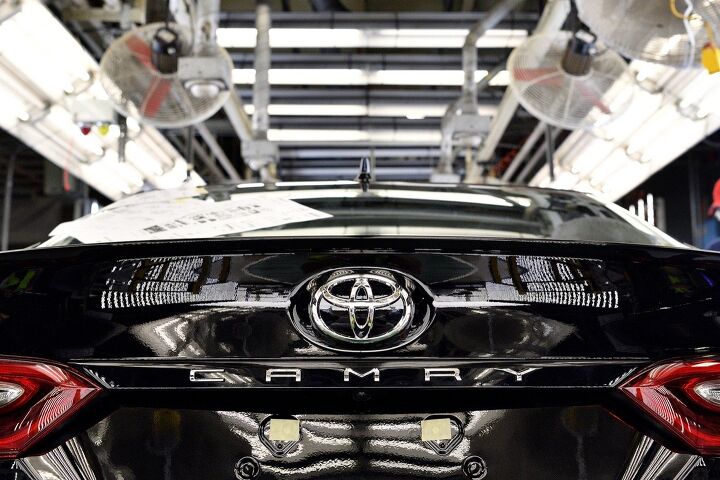
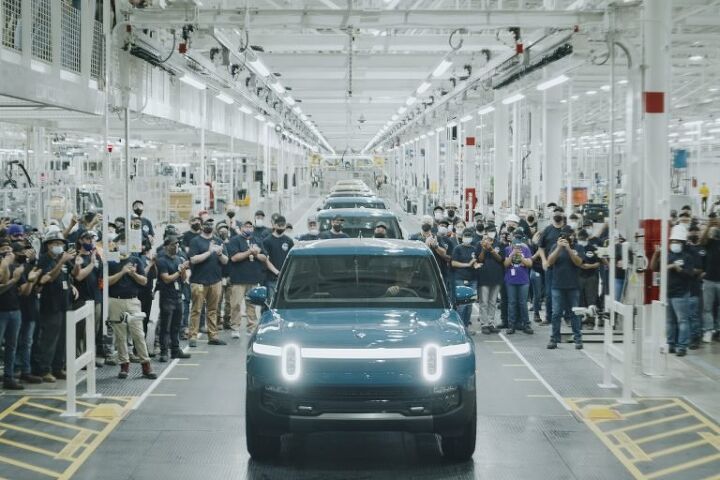
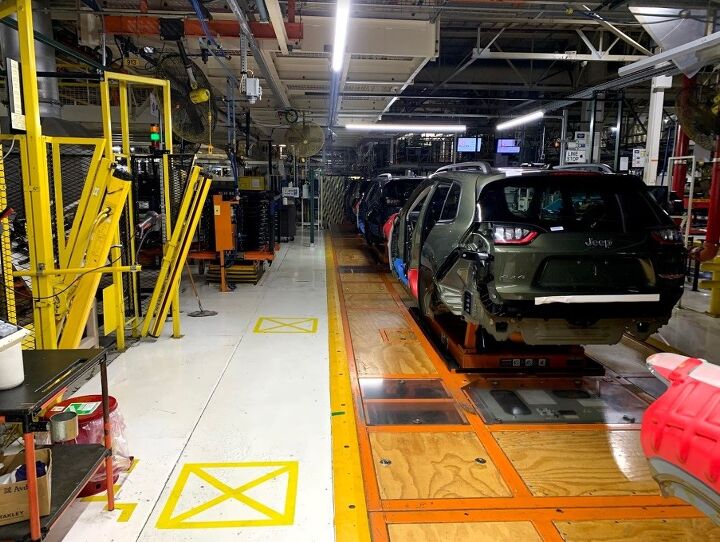
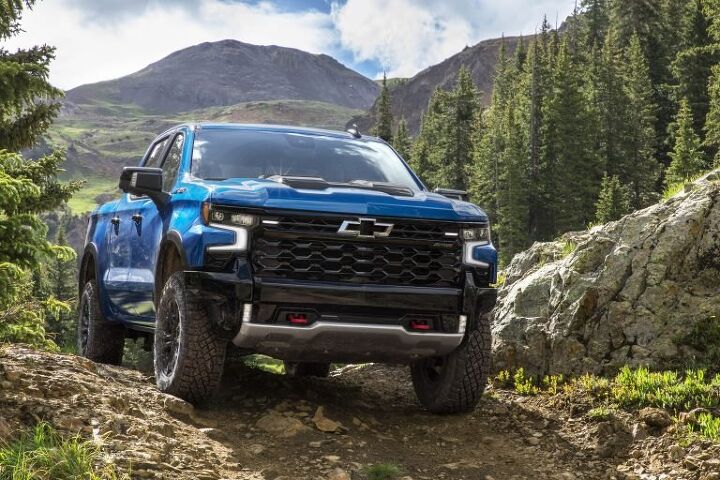

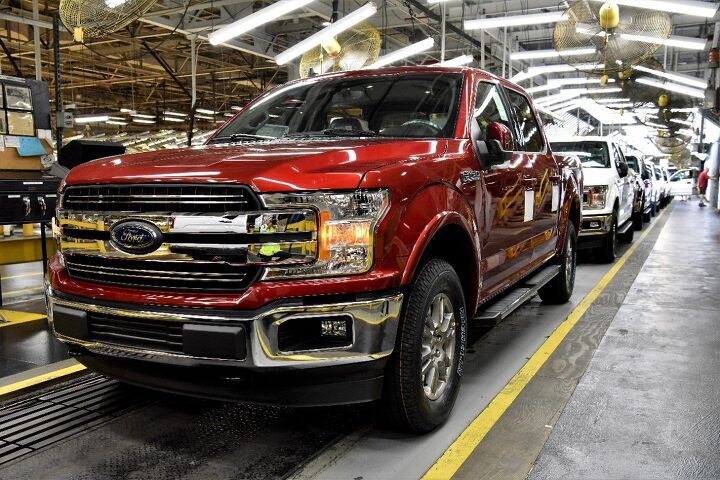
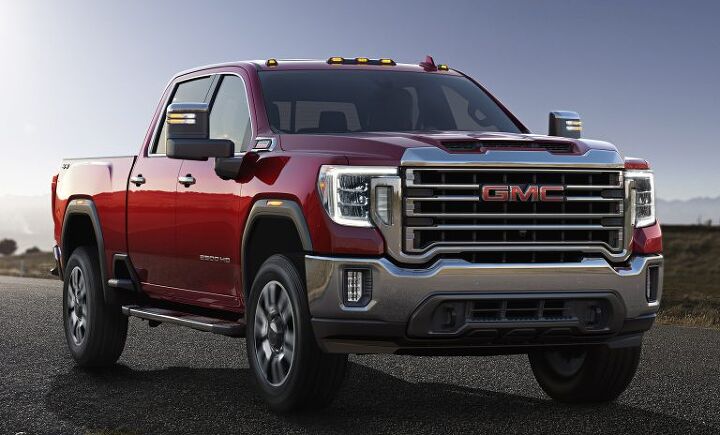

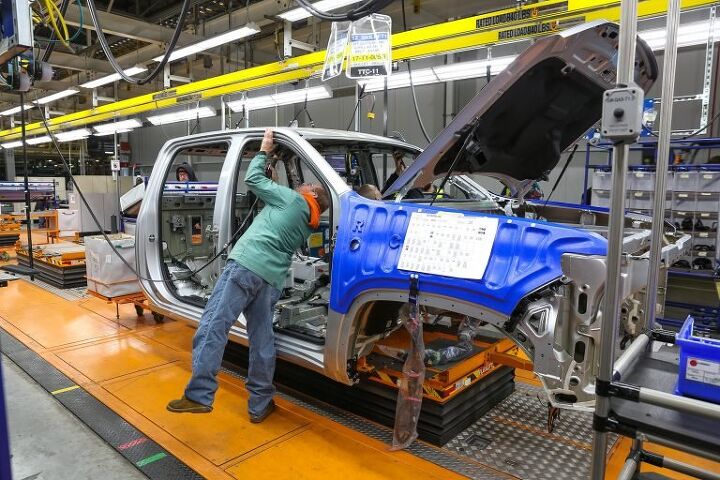
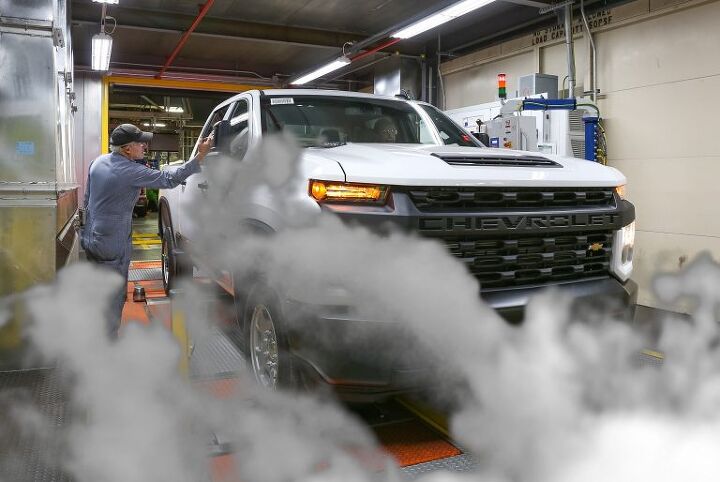

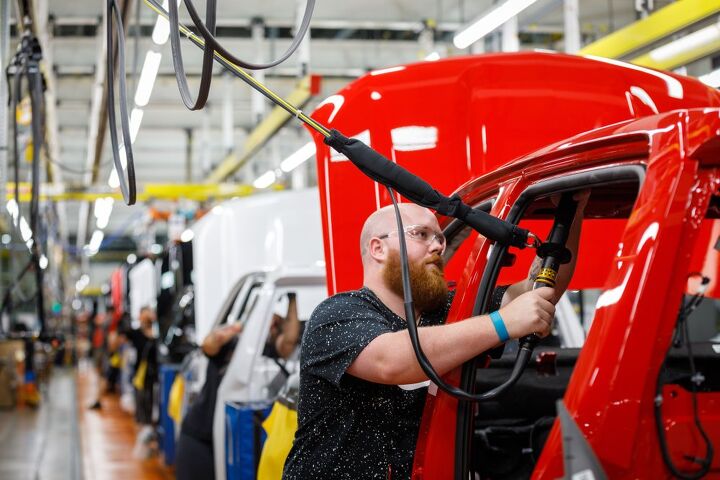











Recent Comments